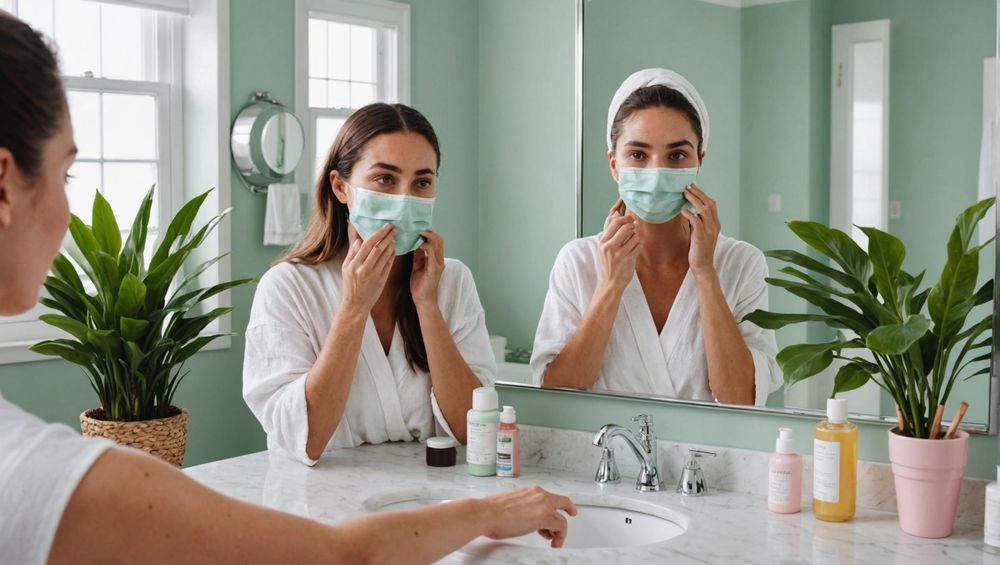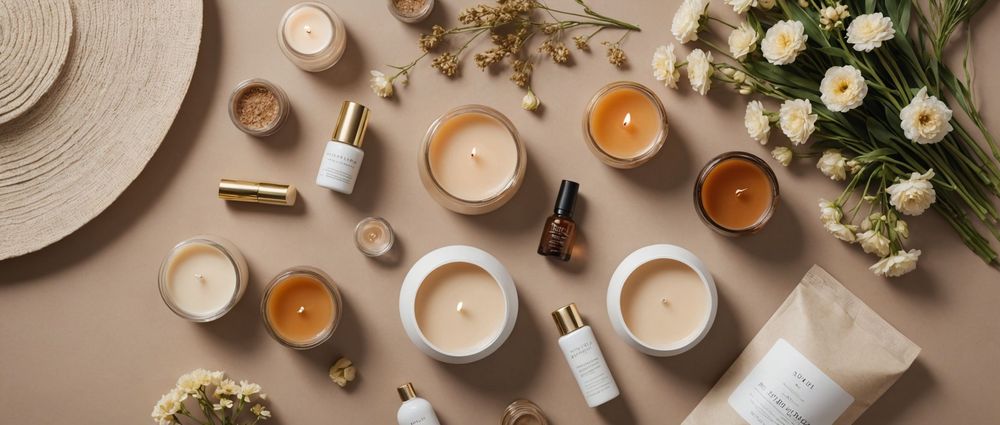Sheet masks have become a staple in skincare routines worldwide, providing a concentrated dose of hydration and nutrients directly to the skin. This ultimate guide will walk you through everything you need to know about sheet masks—from their benefits to usage tips, and even the types available. Whether you’re a skincare novice or a seasoned pro, understanding sheet masks can greatly enhance your skincare routine.
What Are Sheet Masks?

Sheet masks are facial masks made of cotton, cellulose, or other materials that are soaked in liquid serum. They work by adhering to the face, allowing the ingredients in the serum to penetrate the skin more effectively. Unlike traditional masks, sheet masks require no additional mixing or applying; simply place them on your face, relax, and let the ingredients work their magic. They come in various formulations to address specific skin concerns, such as hydration, brightening, and anti-aging. Because they are so easy to use, sheet masks have gained immense popularity in the beauty industry, becoming a must-have for many skincare aficionados.
Benefits of Using Sheet Masks

Incorporating sheet masks into your routine can provide numerous benefits for the skin:
- Hydration: Most sheet masks come packed with hyaluronic acid or other hydrating ingredients, providing intense moisture to the skin.
- Convenience: Sheet masks are ready to use and require no preparation, making them perfect for quick skin boosts.
- Targeted treatment: With a variety of formulations available, you can choose masks specifically designed to address your skin concerns.
- Cooling effect: The cooling sensation from applying the mask can help soothe irritated skin.
- Enhanced absorption: The occlusive nature of sheet masks allows for better absorption of active ingredients.
- Fun factor: Using a sheet mask can be a fun and relaxing experience, elevating your self-care routine.
How to Use a Sheet Mask
Using a sheet mask is straightforward but following these steps will maximize your results:
- Cleanse: Start with a clean face. Use your favorite cleanser to remove any makeup, dirt, or oil.
- Tone: Apply a toner to prepare your skin for better absorption of the serum.
- Apply the mask: Remove the mask from its packaging and carefully unfold it. Align it with your facial contours and apply it evenly.
- Relax: Let the mask sit on your face for 15 to 20 minutes, allowing your skin to soak in the beneficial ingredients.
- Remove and pat: After the recommended time, gently remove the sheet mask and pat the remaining serum into your skin for extra hydration.
Types of Sheet Masks
Sheet masks come in various types, each designed to provide specific skincare benefits:
- Hydrating Sheet Masks: Ideal for those with dry skin, these masks typically contain ingredients like hyaluronic acid and glycerin to restore moisture.
- Brightening Sheet Masks: Designed to even out skin tone and enhance radiance, these masks often contain vitamin C or niacinamide.
- Anti-Aging Sheet Masks: These masks may include peptides, retinol, or antioxidants aimed at reducing fine lines and promoting youthful skin.
- Detoxifying Sheet Masks: Usually infused with charcoal or clay, these masks help to draw out impurities and clear pores.
- Soothing Sheet Masks: Perfect for sensitive or irritated skin, these masks often contain aloe vera, chamomile, or green tea to calm inflammation.
Common Mistakes to Avoid
While sheet masks can be beneficial, there are common pitfalls to watch out for:
- Overuse: Using sheet masks too frequently can lead to skin irritation or breakouts; it’s recommended to use them 1-3 times a week.
- Ignoring expiration dates: Always check the expiration date on your masks. Expired products can be ineffective or irritate the skin.
- Not following up: After removing a sheet mask, follow up with additional skincare products like serums or moisturizers to lock in benefits.
- Wrong type for skin type: Ensure you choose a mask that suits your skin type and addresses your specific concerns for the best results.
- Leaving it on too long: While it may be tempting to leave a mask on for longer, this can lead to the mask drying out and pulling moisture from your skin.
Conclusion
Sheet masks offer an accessible and enjoyable way to enhance your skincare routine, delivering potent ingredients to your skin in just a few minutes. By understanding the different types, benefits, and proper usage techniques, you can effectively incorporate sheet masks into your regimen for optimal results. Just remember to avoid common mistakes and select masks that align with your skin’s needs. With so many options available, there’s a sheet mask out there for everyone—so go ahead and indulge in some much-deserved self-care!
FAQs
1. How often should I use a sheet mask?
Generally, it’s recommended to use sheet masks 1-3 times a week, depending on your skin type and the specific needs of your skin.
2. Can I reuse a sheet mask?
No, sheet masks are designed for single use. Reusing them can lead to the growth of bacteria and may harm your skin rather than help it.
3. Should I wash my face after using a sheet mask?
There’s no need to wash your face after using a sheet mask. Instead, gently pat any residual serum into your skin and follow up with your usual skincare routine.
4. Are sheet masks suitable for all skin types?
Yes, there are sheet masks formulated for various skin types, including sensitive, oily, dry, and combination skin. It’s essential to choose masks that target your specific skin concerns.
5. What ingredients should I look for in a sheet mask?
Look for sheet masks containing hyaluronic acid for hydration, niacinamide for brightness, peptides for anti-aging, and soothing ingredients like aloe vera for sensitive skin.



